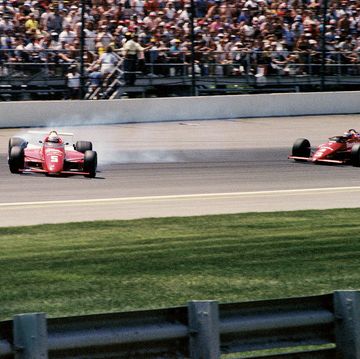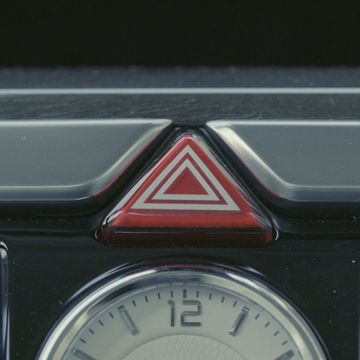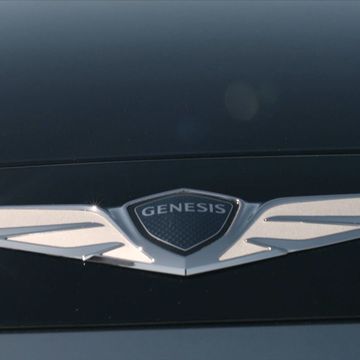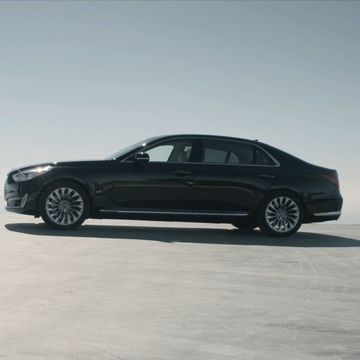Sometimes in life, we are just wracked with choices.
We're forced to contend with the decision-making process at every turn, and after a while, things become too much to remember. Like filling up your car—ok, gasoline seems straightforward, right? Just stick the nozzle in and squeeze the handle. But wait, there's more: three different buttons, three different numbers, three different prices. What do you use? What should you use?
The common fuel ratings (87, for instance) refer to the composition of gasoline. 87-octane gasoline is comprised of an 87 percent blend of isooctane and 13 percent n-heptane, or a blend that's equivalent. And so forth. Nearly every gas station in America will have some form of range from 87 to 93. To put it in perspective, racing fuel uses 100 octane, and gas in Third World countries can dip below 85.
So should you just use 93 for the best performance? Maybe not. In September the American Automobile Association found that over two billion dollars are wasted per year on premium gasoline by people whose cars don't need it. With 16.5 million U.S. drivers having used premium fuel despite the vehicle manufacturer's recommendation, AAA conducted a comprehensive fuel evaluation to determine what, if any, benefit the practice offers to consumers.
Researchers tested different grades of gasoline in a variety of engine types, checking everything from power output to tailpipe emissions. And they found no benefits of higher octane.
As it turns out, engines are designed and engineered around the best gasoline they can handle. High-performance engines take in higher-octane gasoline because they need it to operate at their peak potential. Other engines can simply get by on 85 or 87 octane. Turbocharged engines benefit the most from premium gasoline, with reported gains in both power and economy, and as more cars feature turbos these days, more people will be springing for premium. They'll have a good reason to do so.
A car designed for high octane can take in lower-rated gasolines—it just won't perform as well. The car's computer will detect lower-grade gas and adjust performance to compensate. In the old days, low-octane gasoline meant that an engine was more prone to knocking, or having its fuel combust before it's supposed to, which can kill a motor. But advanced electronics can adjust the timing and work around it in the form of knock sensors, which can detect small vibrations in the block and adjust settings to lessen potential damage.
What AAA found out was that premium gasoline in a car designed for regular didn't produce better fuel economy, reduce pollution, or make your car go faster—in short, all it did was take a bit more of your money.















